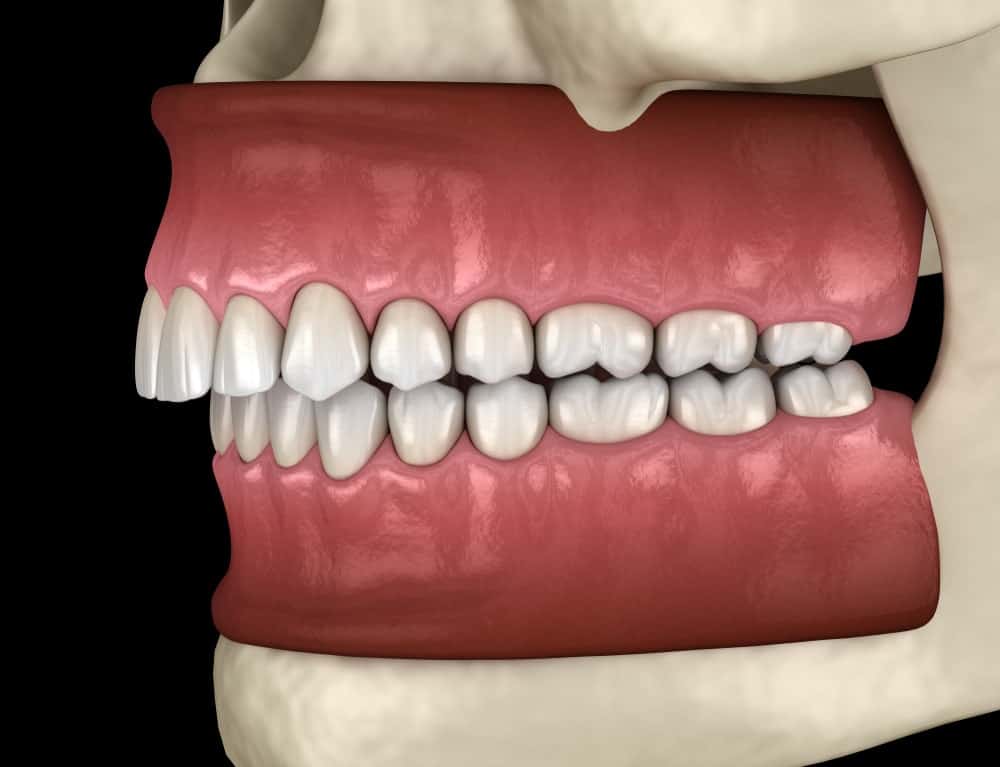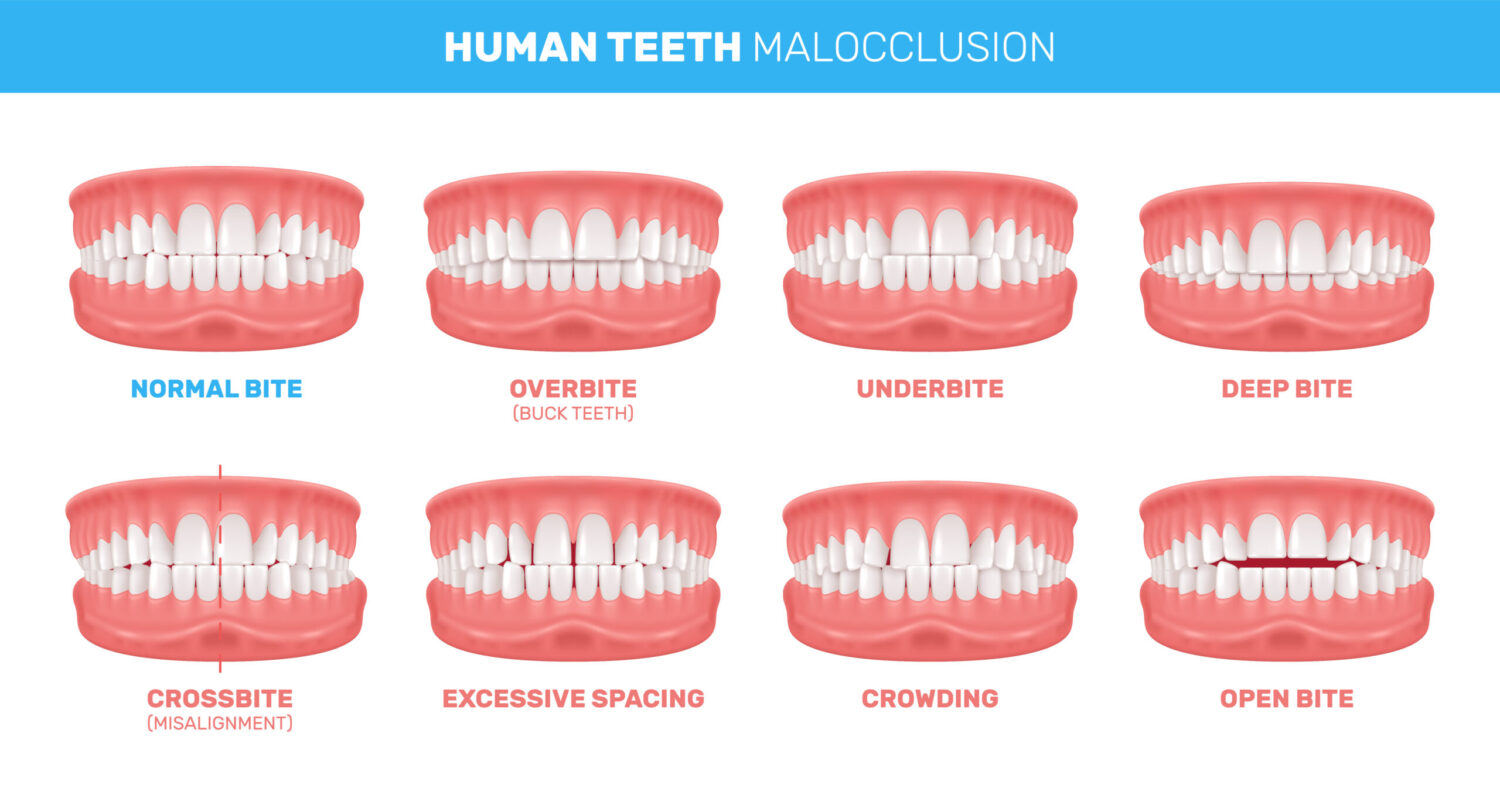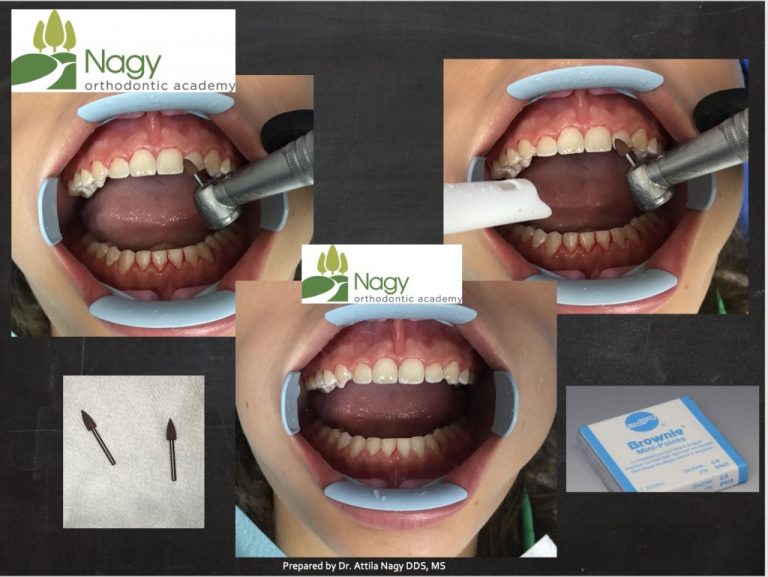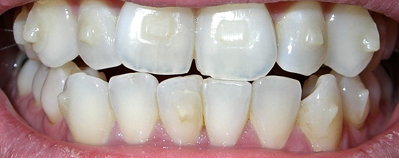Invisalign for Malocclusion: Straighten Smiles Seamlessly
Last Updated on 2 months by DR. ALBIN SIPES
Invisalign effectively addresses malocclusion by using clear aligners to gradually shift teeth into proper alignment. This treatment offers a discreet alternative to traditional braces.
Malocclusion, or misaligned teeth, affects many individuals and can lead to various dental issues. This condition may cause discomfort, difficulty in chewing, and even jaw pain. Traditional metal braces have long been the standard treatment, but many seek a more aesthetically pleasing option.
Invisalign provides a clear, comfortable solution that aligns teeth without the noticeable metal brackets. Custom-made aligners ensure a snug fit, promoting gradual movement of teeth. Patients can enjoy the freedom to remove aligners for eating and oral hygiene. Embracing Invisalign can significantly improve both dental health and self-confidence, making it a popular choice for those with malocclusion.
The Rise Of Invisalign
Invisalign has become a popular choice for many people. It offers a clear and comfortable way to straighten teeth. Unlike traditional braces, Invisalign uses clear aligners. These aligners are less noticeable and more convenient.
Many patients prefer Invisalign for several reasons:
- Comfort: Clear aligners cause less irritation to gums and cheeks.
- Removability: Patients can remove aligners while eating or brushing teeth.
- Appearance: Aligners are nearly invisible, making them more appealing.
- Fewer visits: Patients need fewer trips to the orthodontist.
The market for Invisalign has grown rapidly. Many people seek this option for a better smile.

Credit: www.laurichdentistry.com
Malocclusion Basics
Malocclusion is a common dental issue. It happens when teeth are not aligned properly. Understanding the types can help in treatment.
| Type of Malocclusion | Description |
|---|---|
| Class I | Normal bite, but teeth may be crowded or spaced. |
| Class II | Upper teeth overlap lower teeth significantly. |
| Class III | Lower teeth are positioned in front of upper teeth. |
Malocclusion affects oral health in many ways. It can lead to tooth decay due to hard-to-clean areas. People may experience jaw pain or discomfort. Speech issues can also arise from misalignment.
Addressing malocclusion early is important. It helps prevent further dental problems. Seeking treatment with options like Invisalign can improve both function and appearance.
Invisalign Technology Explained
Invisalign uses custom aligners made just for you. These aligners help fix malocclusion. They are created with 3D imaging technology. This means the fit is very precise and comfortable.
SmartTrack material is a key feature. It makes aligners more flexible and easier to wear. This material also helps in effective tooth movement. Many users find them comfortable compared to traditional braces.
With Invisalign, you can remove the aligners when eating. This makes oral hygiene much simpler. Regular brushing and flossing are easier without braces. The clear aligners are also less noticeable, allowing for a more confident smile.

Credit: www.carolinasdentist.com
Assessing Candidacy For Invisalign
Assessing candidacy for Invisalign involves understanding specific malocclusion cases. Suitable cases include mild to moderate crowding and spacing issues. Patients with crossbites, overbites, or underbites can also benefit from this treatment. Clear aligners are great for adults and teenagers alike.
Limitations exist for Invisalign. Severe malocclusions may require traditional braces. Patients must be committed to wearing aligners for 20-22 hours each day. Regular check-ups with an orthodontist are essential for progress tracking. Good oral hygiene is crucial during treatment.
| Case Type | Suitability for Invisalign |
|---|---|
| Mild Crowding | Yes |
| Moderate Spacing | Yes |
| Severe Malocclusion | No |
| Crossbite | Yes |
| Underbite | Yes |
The Invisalign Treatment Process
The Invisalign treatment starts with an initial consultation. During this visit, the dentist examines your teeth. They discuss your malocclusion and treatment goals. Digital scans and X-rays may be taken for planning.
After the consultation, a personalized treatment plan is created. This plan includes the number of aligners needed and their timeline. The aligners are custom-made to fit your teeth perfectly. Regular check-ups ensure progress and adjustments as needed.
Life with Invisalign requires some maintenance and care. Keep your aligners clean by brushing and rinsing them daily. Remove aligners when eating or drinking anything but water. This helps prevent stains and maintains dental health.
Comparing Treatment Durations
Invisalign and braces have different treatment timelines. Generally, Invisalign takes around 12 to 18 months for most cases. Traditional braces usually require 18 to 24 months. Some factors can influence these timelines.
Severity of malocclusion plays a crucial role. Mild cases may need less time. Complex cases can take longer.
Patient compliance is essential. Wearing aligners for at least 20 to 22 hours daily is necessary. Missing wear time can extend treatment.
The age of the patient also matters. Younger patients often have faster results due to growing bones. Adult treatment can take more time.
| Factor | Invisalign | Braces |
|---|---|---|
| Average Duration | 12-18 months | 18-24 months |
| Severity of Malocclusion | Affects duration | Affects duration |
| Patient Compliance | Critical for success | Less impact |
| Age | Faster in younger patients | Longer in adults |
Cost Analysis Of Invisalign
The cost of Invisalign can vary greatly based on individual needs. On average, treatment can range from $3,000 to $8,000. Many factors influence the total cost. These include the severity of malocclusion and treatment duration.
Investing in a seamless smile often leads to greater confidence. Many patients find that the long-term benefits outweigh the initial costs. Financing options are available to help manage expenses. Patients can explore various payment plans that fit their budgets.
| Insurance Type | Coverage Percentage |
|---|---|
| PPO Insurance | 50% to 100% |
| DHMO Insurance | Fixed copay |
| No Insurance | Full payment required |
Check with your insurance provider for specific details. Many dental offices offer flexible payment plans. This makes it easier to achieve the smile you desire.
Real-life Results And Testimonials
Many patients report amazing results with Invisalign for malocclusion. Before and after photos show significant changes. Testimonials highlight improved smiles and boosted confidence.
Patients often feel happier with their appearance. They enjoy better oral health and less discomfort. Quality of life improvements are common after treatment. Many can eat their favorite foods again.
| Patient | Before | After | Satisfaction Rating |
|---|---|---|---|
| John Doe | Uneven teeth | Straightened teeth | 5/5 |
| Jane Smith | Overbite | Aligned bite | 4.5/5 |
| Emily Johnson | Crowded teeth | Spaced teeth | 5/5 |
Maintaining Your New Smile
Keeping your smile after Invisalign is very important. Retainers help maintain alignment. There are different types of retainers available. Fixed retainers are attached to teeth. Removable retainers can be taken out for cleaning.
Regular check-ups with your dentist are essential. They will monitor your progress and provide guidance. Good oral hygiene keeps teeth healthy. Brush and floss daily to avoid problems.
Eating a balanced diet also supports long-term health. Avoid sugary snacks and drinks. These can harm your teeth and affect alignment.
| Retention Strategy | Description |
|---|---|
| Fixed Retainers | Stay in place and support teeth. |
| Removable Retainers | Can be taken out for cleaning. |
| Regular Dental Visits | Ensure teeth stay aligned and healthy. |

Credit: dentistinspringfieldmissouri.com
Conclusion
Invisalign offers a modern solution for malocclusion. This clear aligner treatment is discreet and effective. Patients often experience improved comfort and convenience compared to traditional braces. With proper care and regular check-ups, Invisalign can lead to a healthier, straighter smile.
Consider consulting an orthodontist to see if it’s right for you.


